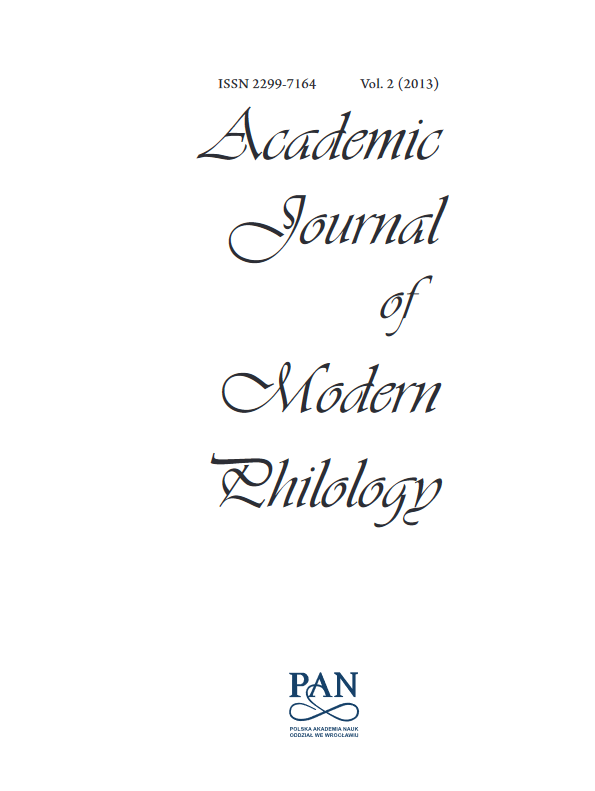A Language Lost: Th e Case of Leeg Duits (“Low Dutch”)
A Language Lost: Th e Case of Leeg Duits (“Low Dutch”)
Author(s): Jan NoordegraafSubject(s): Language studies, Language and Literature Studies
Published by: Komisja Nauk Filologicznych Oddziału Polskiej Akademii Nauk we Wrocławiu
Keywords: Leeg Duits; Low Dutch; dialect; Dutch Reformed Church
Summary/Abstract: Few readers will be surprised to learn that the Dutch language was still used in North America after the year 1664, when governor Petrus Stuyvesant had to surrender the Dutch colony of Nieuw-Nederland (New Netherland), including the city of Nieuw Amsterdam (which later on became New York), to the English. Less widely known is the fact that spoken Dutch remained in use far longer than people generally assume, continuing into the first decades of the twentieth century, when its very last speakers died. The production of literary texts in this American variety of Dutch appears to have been fairly limited. From a linguistic perspective, it is interesting to see how the Dutch language in the United States developed into a variety in its own right, particularly during the eighteenth and nineteenth centuries. This much later variety, known as “Leeg Duits” or “Low Dutch” was definitely not a creole dialect, as some scholars have thought it to be. Such considerations invite comparison with another language descended from a form of “colonial Dutch”: Cape Dutch or Afrikaans.2 I have selected a number of topics that are relevant to the study of Low Dutch, which are presented in a more or less chronological order. First, I focus on the “discovery” of “Leeg Duits,” (i.e. the variety of Dutch spoken by the descendants of the former seventeenth-century Dutch immigrants) by travellers. Subsequent topics to be addressed include a bilingual textbook, the pivotal and sociohistorically interesting role of the Dutch Reformed Church in linguistic matters, and the various types of Dutch that were current in the eighteenth century. After sketching the provenance of the peculiar term “Leeg Duits,” I discuss the sole undisputed research report to be based on field work with Low Dutch informants. Low Dutch remained recognisable as a variety of Dutch till until the bitter end, so to speak. “Tenacity” appears to have been one of the salient features of Low Dutch, which to be sure is certainly extinct by now.
Journal: Academic Journal of Modern Philology
- Issue Year: 2013
- Issue No: 2
- Page Range: 91-108
- Page Count: 18
- Language: English

